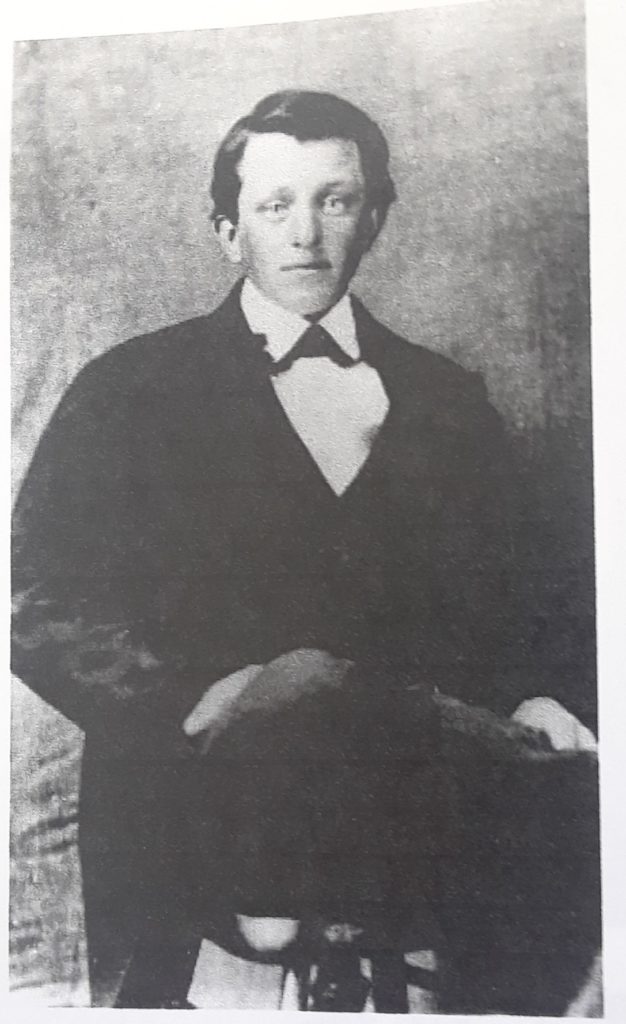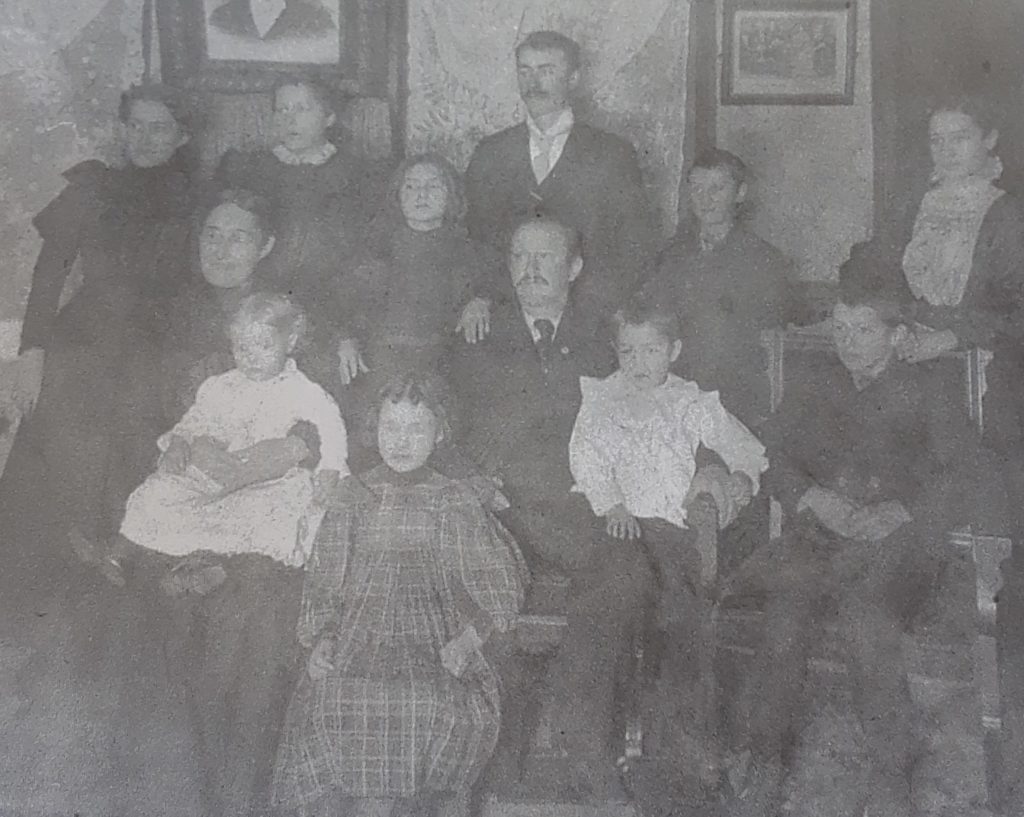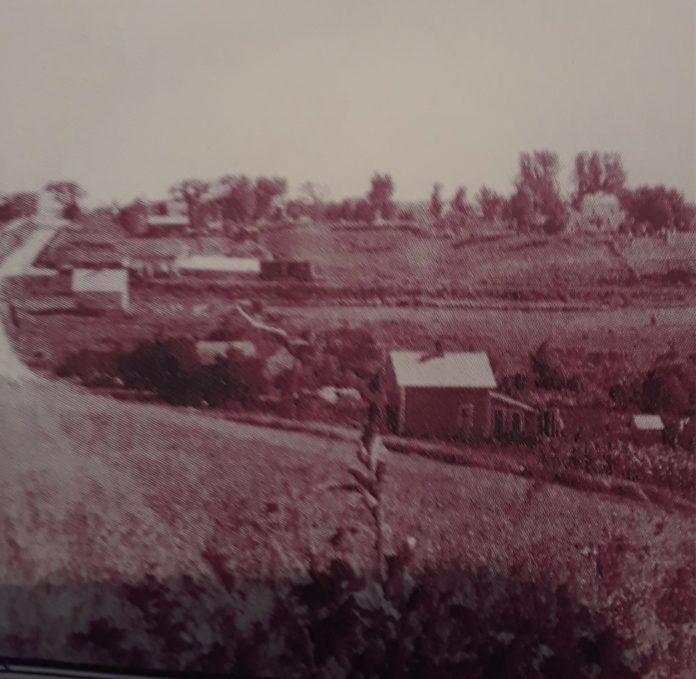Settled by French Canadian pioneers, the Hamel area of Medina, Minnesota, sits on high, sloping land that overlooks the Elm Creek Valley. The Western Hennepin County community enjoys a rich history as its formative years are populated with hearty travelers who dreamed of building a new life in the Minnesota woods. Two years after the 1863 Traverse de Sioux Treaty opened up the region to settlers, a Canadian farmer, Lange Hamel, left behind the rocky soil and difficult living conditions of L’soe Verte (Green Island), Quebec, and moved South to the Minnesota territory.
Hamel arrived in St. Anthony, now known as Minneapolis, and discovered that the banks of the Mississippi were timbered with unimpressive oak and ash trees. After hearing of the “Big Wood,” 15-20 miles to the West, he traveled on foot over Indian trails and discovered heavy, black soil and, more importantly, a stand of sugar maple trees, from which he could collect maple syrup.

Hamel built a log cabin which was right across from the now “Inn Kahoots” of Hamel. He sent for his family, including his son William, for whom Hamel would eventually be named. They spent their first year in Minnesota battling a plague of locusts and dealing with the financial panic that had spread throughout the country. Eventually, the Hamel family and its business prospered, and Lange Hamel was dubbed the “Maple Monarch” of Minnesota. The community grew, and residents embraced a combination of French and American traditions. From 1861 to 1866, the village was called Lenz, after the town’s first postmaster, Leonard Lenzen who was a Civil War veteran and was paid the sum of $1.61 during his first year as postmaster.
In 1875 Missionaries traveled to Minnesota and the process of building a church began. The result is the now beautiful Hamel Catholic church on the main street.
In 1887, the Minneapolis and Pacific Soo Line Railroad expanded into the western part of Minnesota and a depot built on William Hamel’s property. Because he donated the land, the area became known as Hamel Station. The arrival of the railroad brought a boon to both the Hamel family’s maple sugar business and the entire village, and Hamel, as it was now known, flourished.
The town’s streets were lined with milk wagons every morning as farmers waited to have their milk weighed and skimmed at the local cooperative. The Sheridan Bar-Hotel and Livery stables became a popular stopping point for travelers heading East and West. Sheridan’s featured a barn in the back where horses could be stabled and eventually, cars parked. The building burned once but was rebuilt and stands in the center of town. Other businesses arrived, filling the streets with eager customers. These included a blacksmith, Hector Scott’s general store, a grist mill, a shoemaker, and a wagon-making shop. In 1919 Albert Fortin from Quebec opened Fortin Hardware, and Harry Dorweiler came from Marshland, Wisconsin, and established the Farmers State Bank of Hamel, still operated today by the Dorweiler family.
The bottom line, Hamel is still the same old town but surrounded by housing developments that have changed the landscape and the inhabitants of the town. All wonderful people who have chosen the somewhat quieter pace of a small town, however, sitting in front of the tiny library, one would be amazed at the traffic through the town.
So if you are ever wandering the Hamel cemetery, seek out the name of Lange and William Hamel and thank them for what they have created in the Biggest Little Town in Hennepin County.








